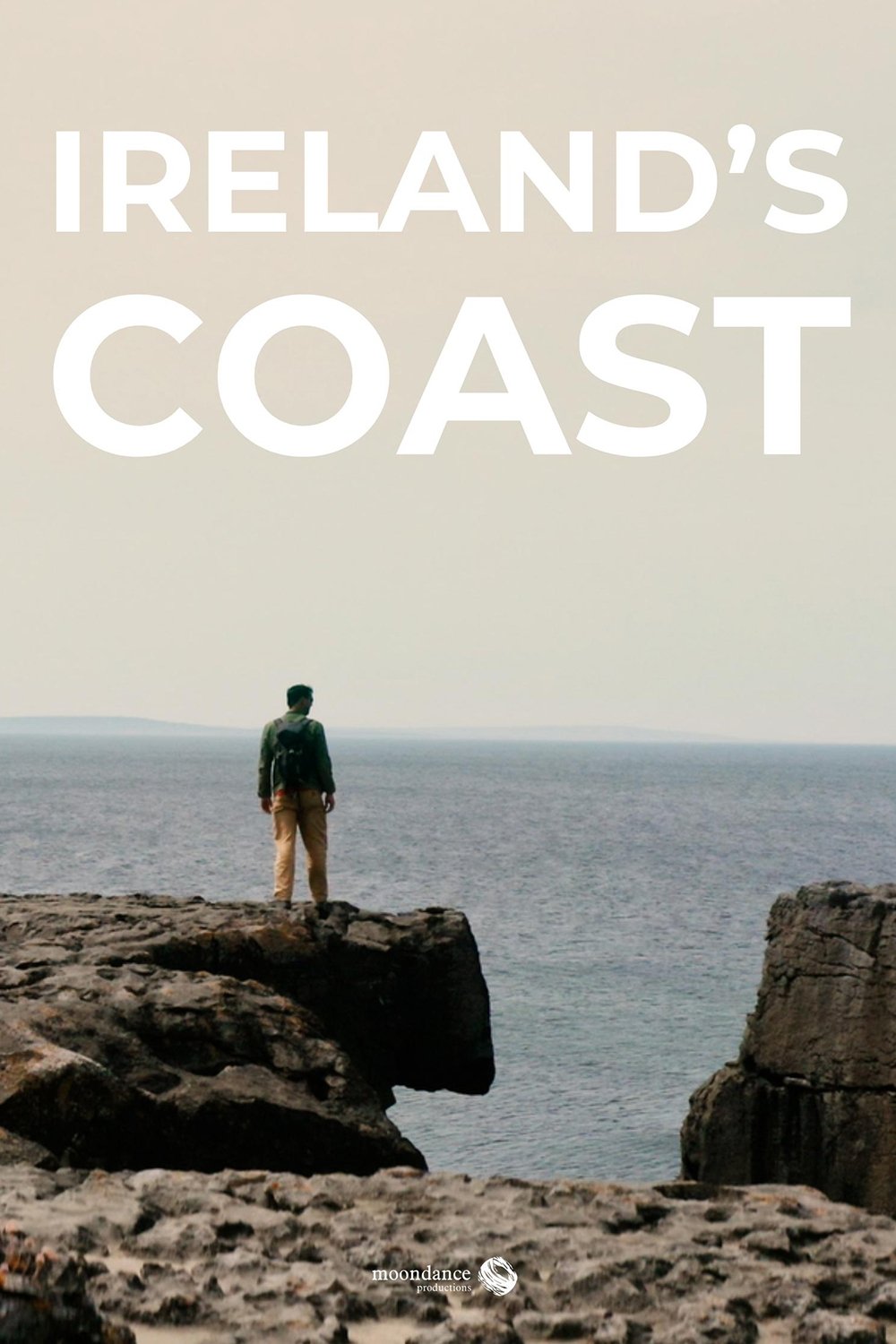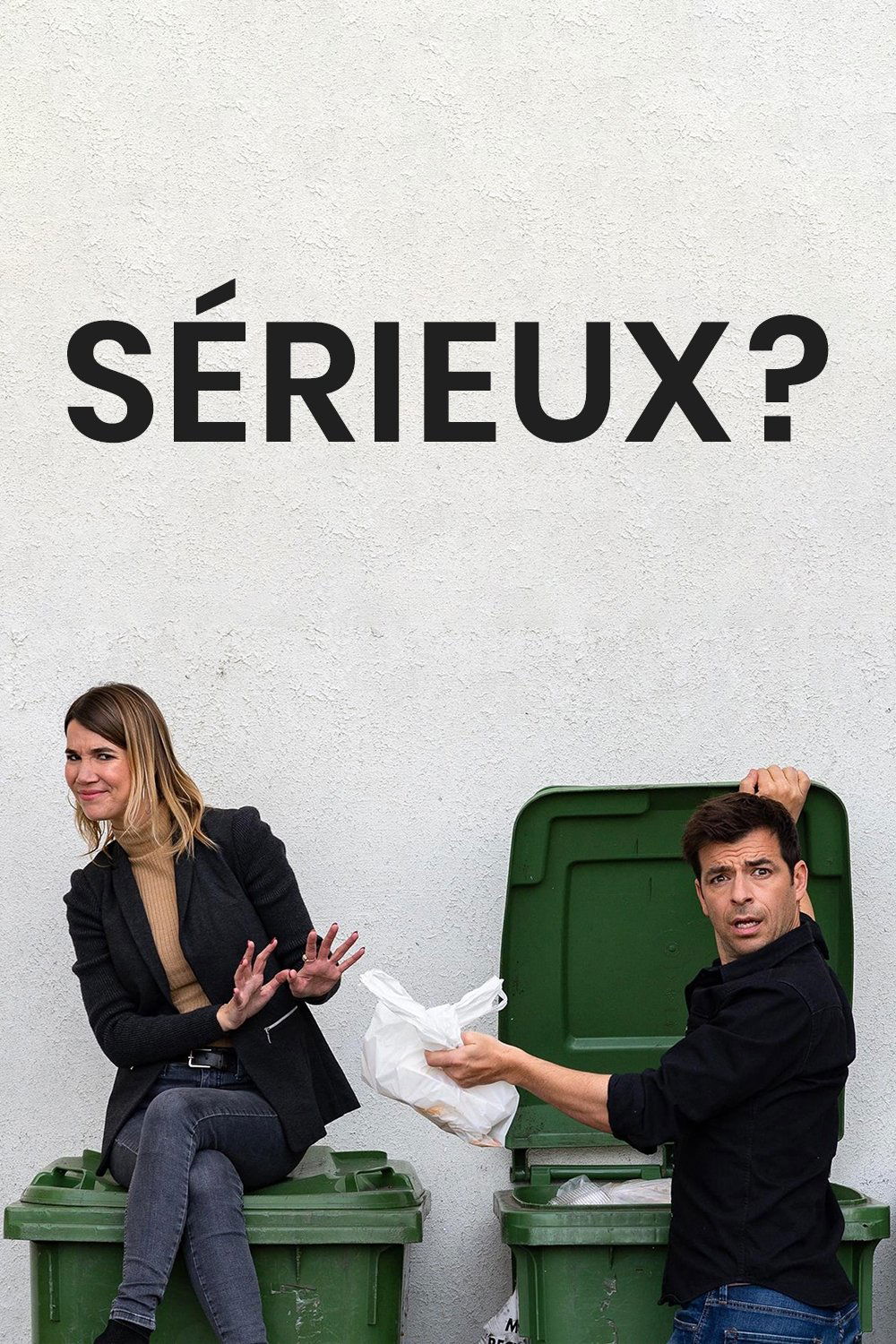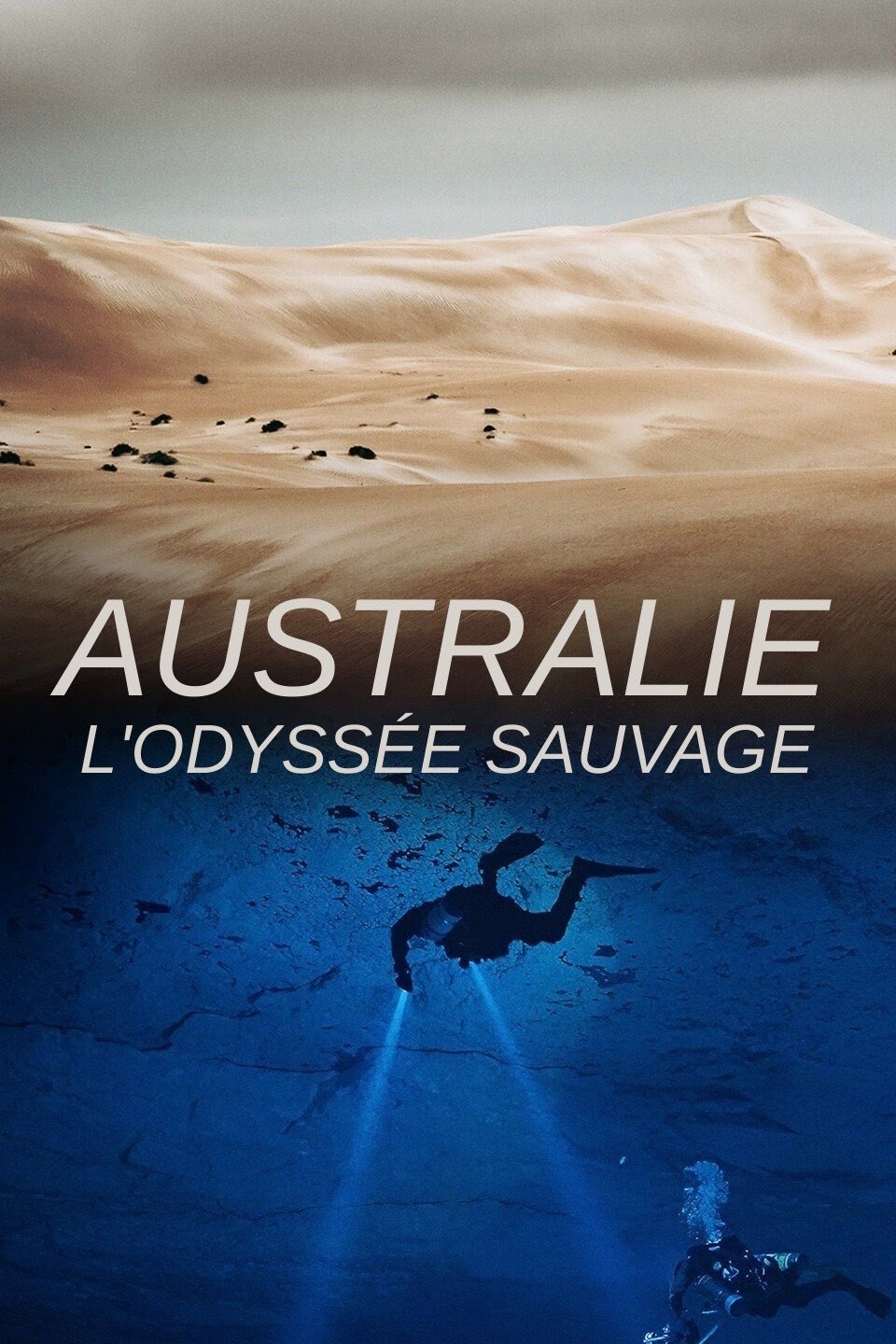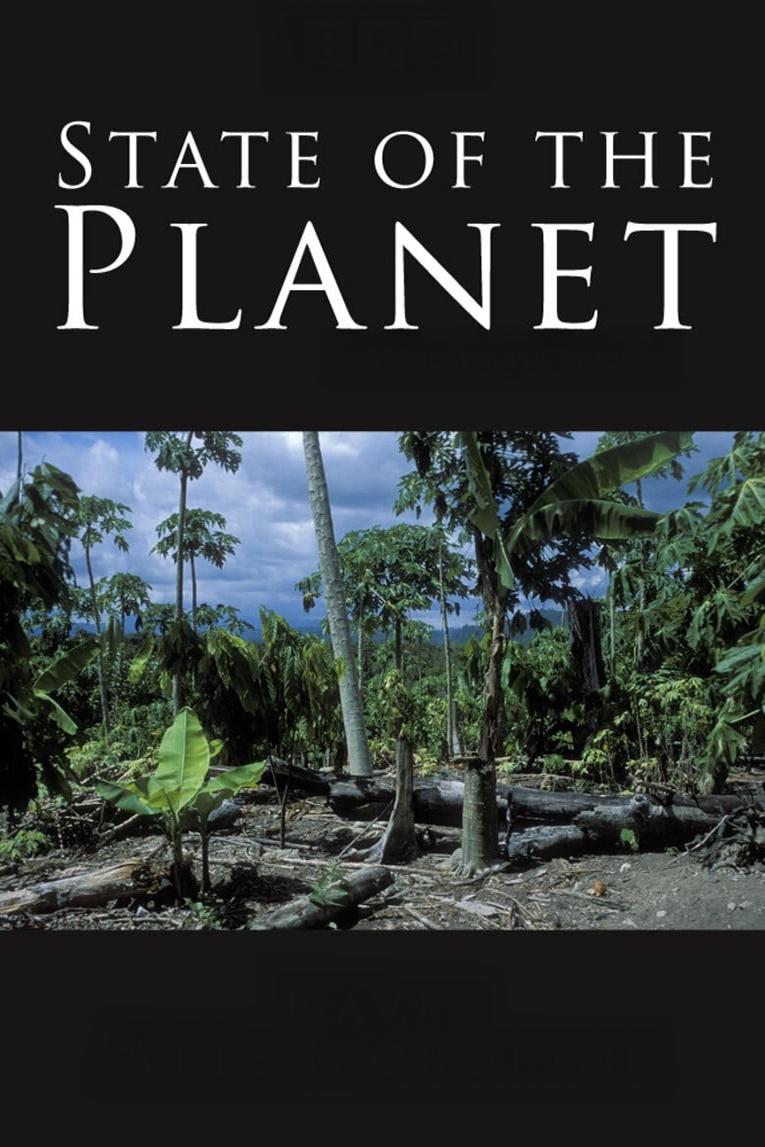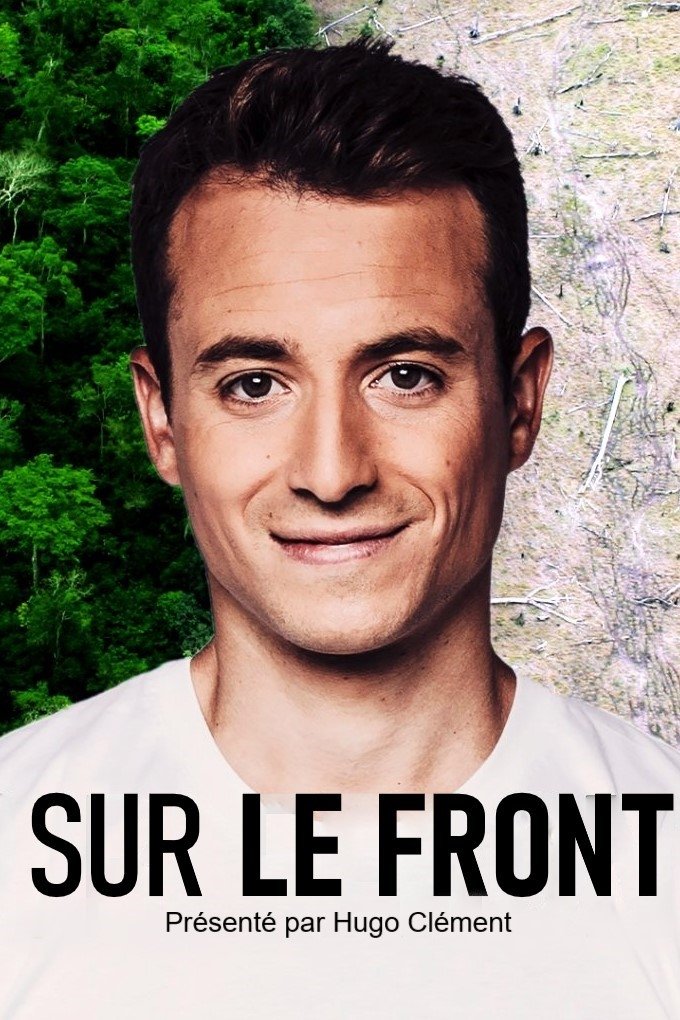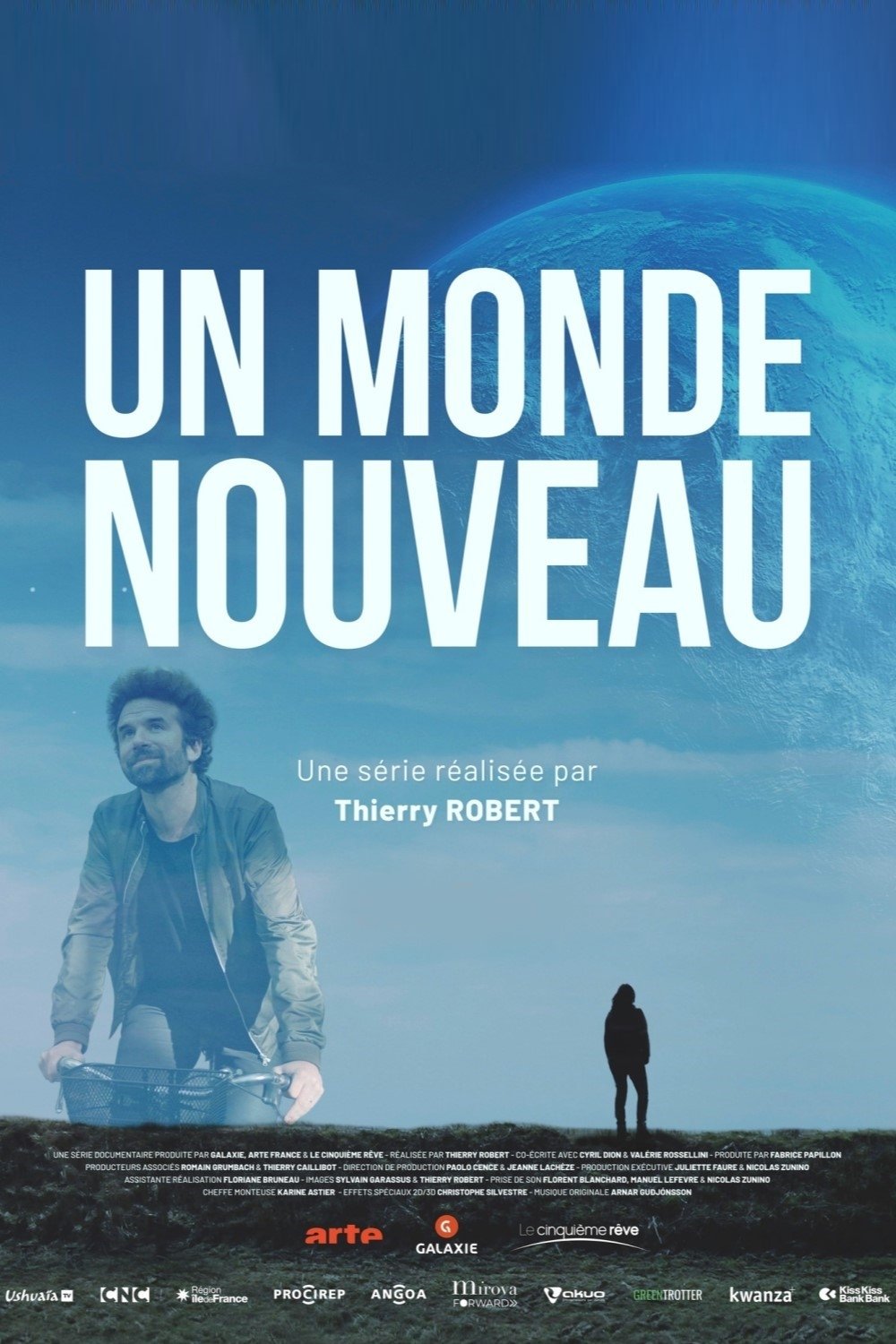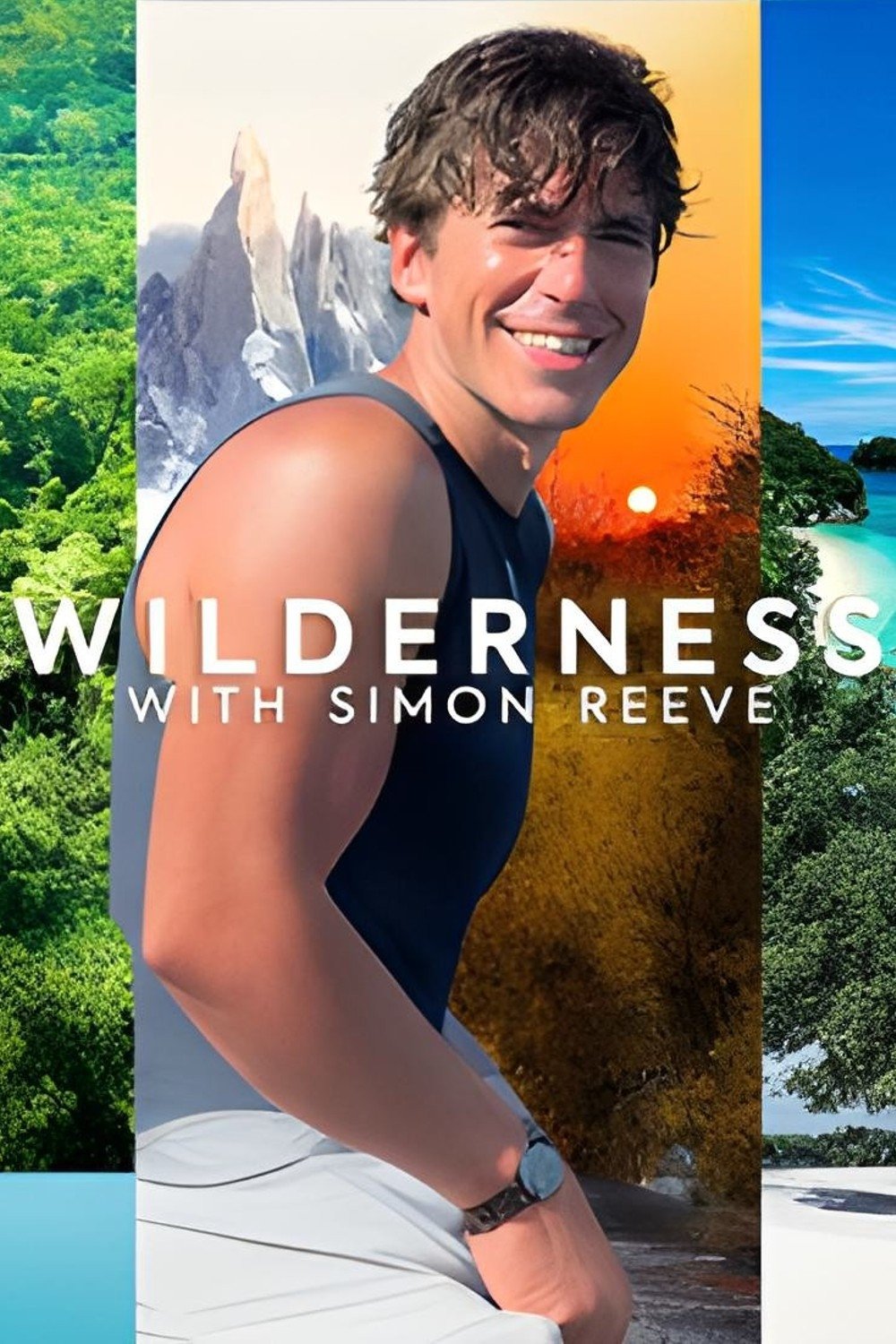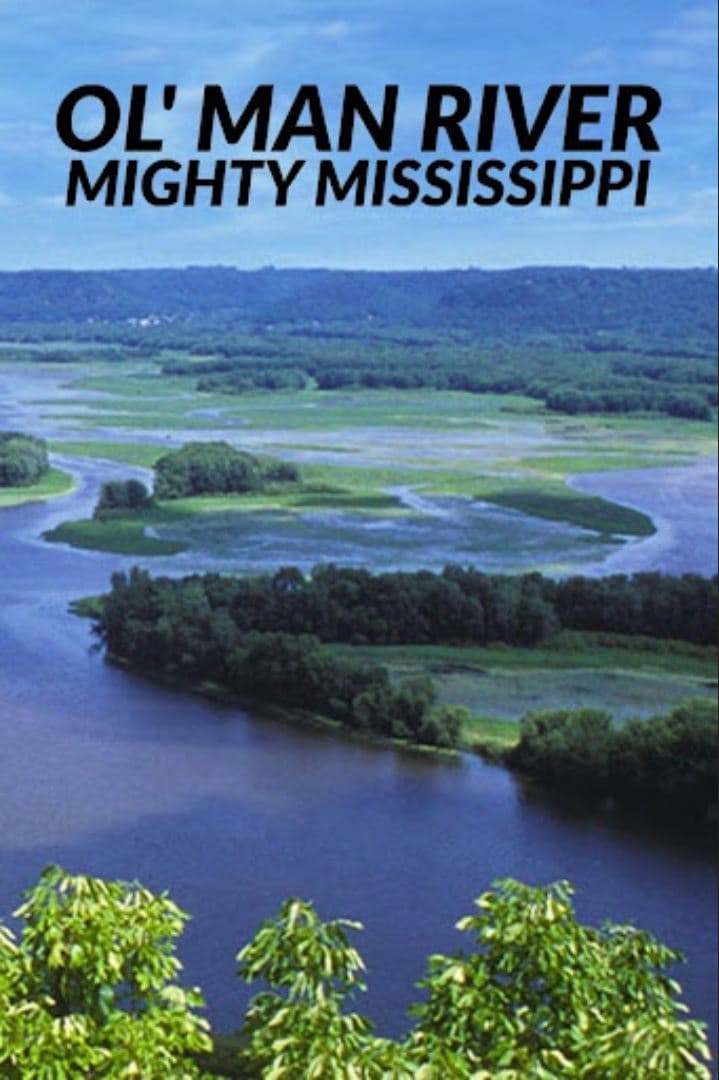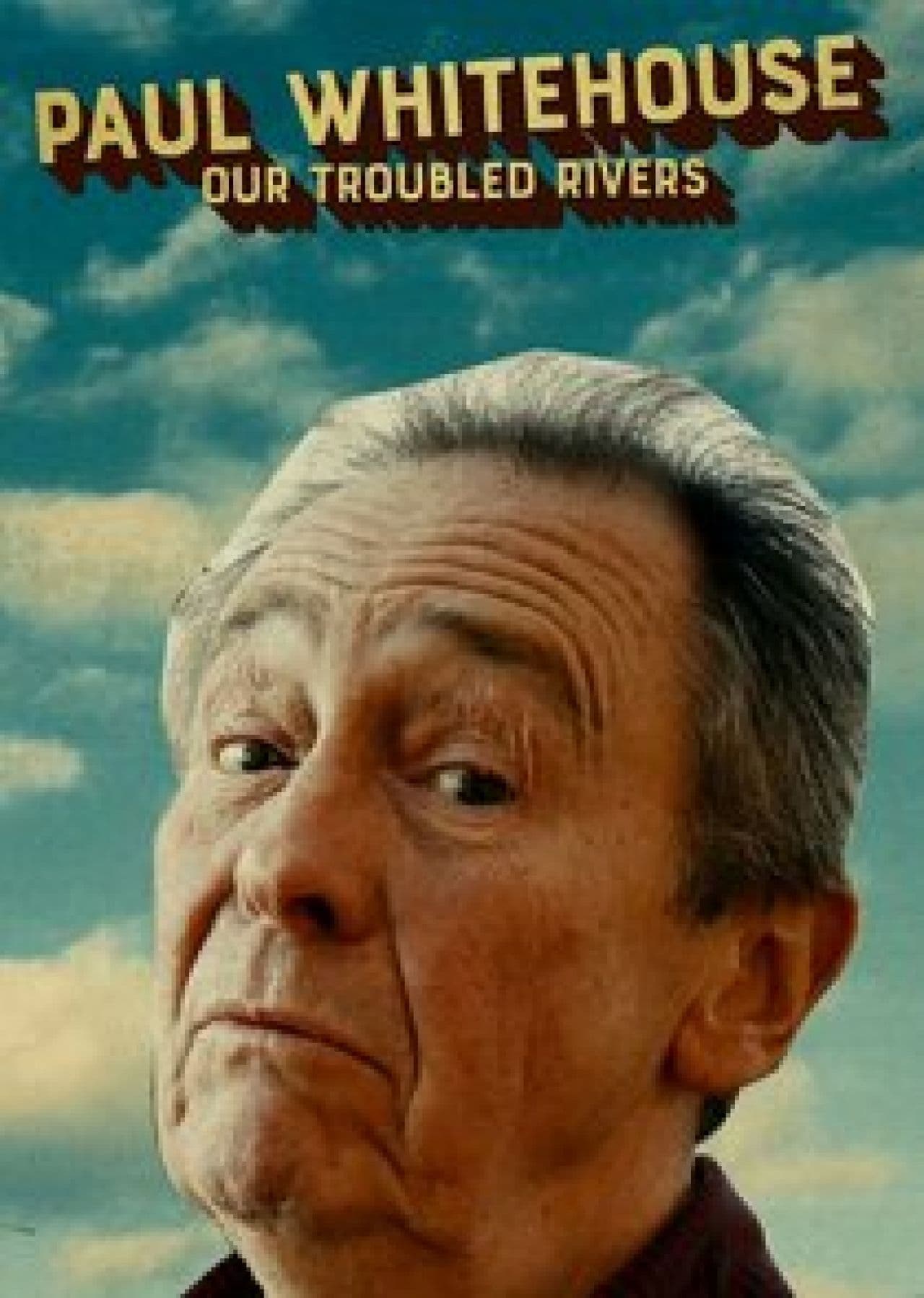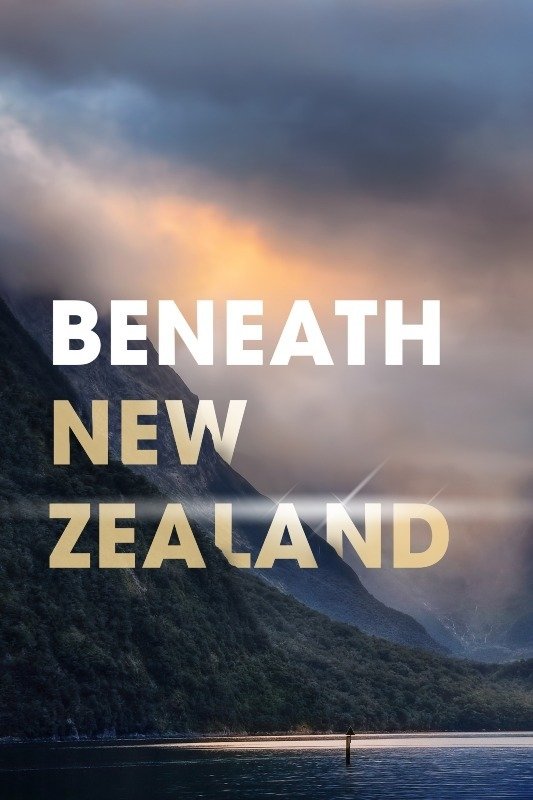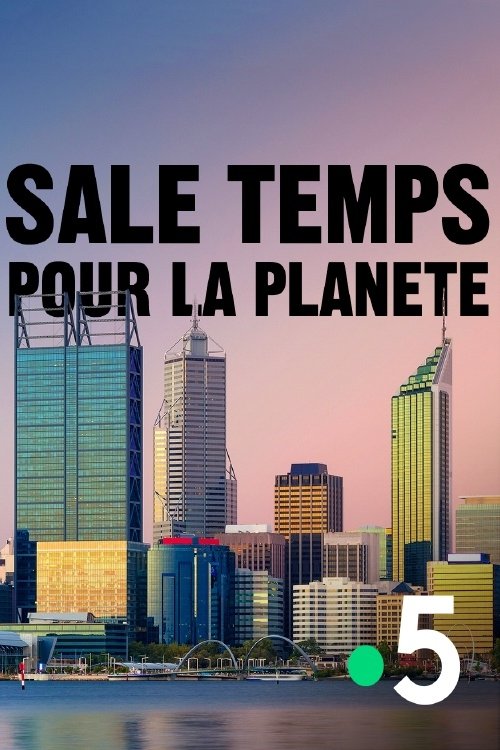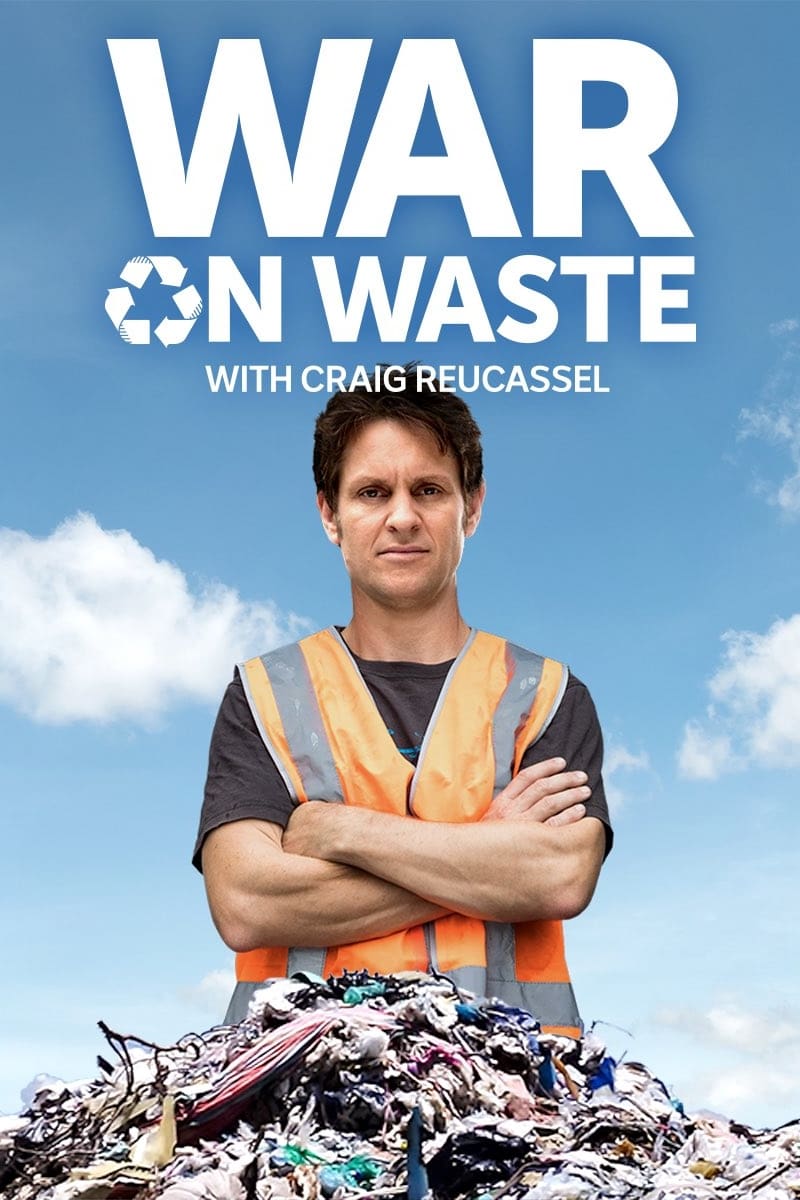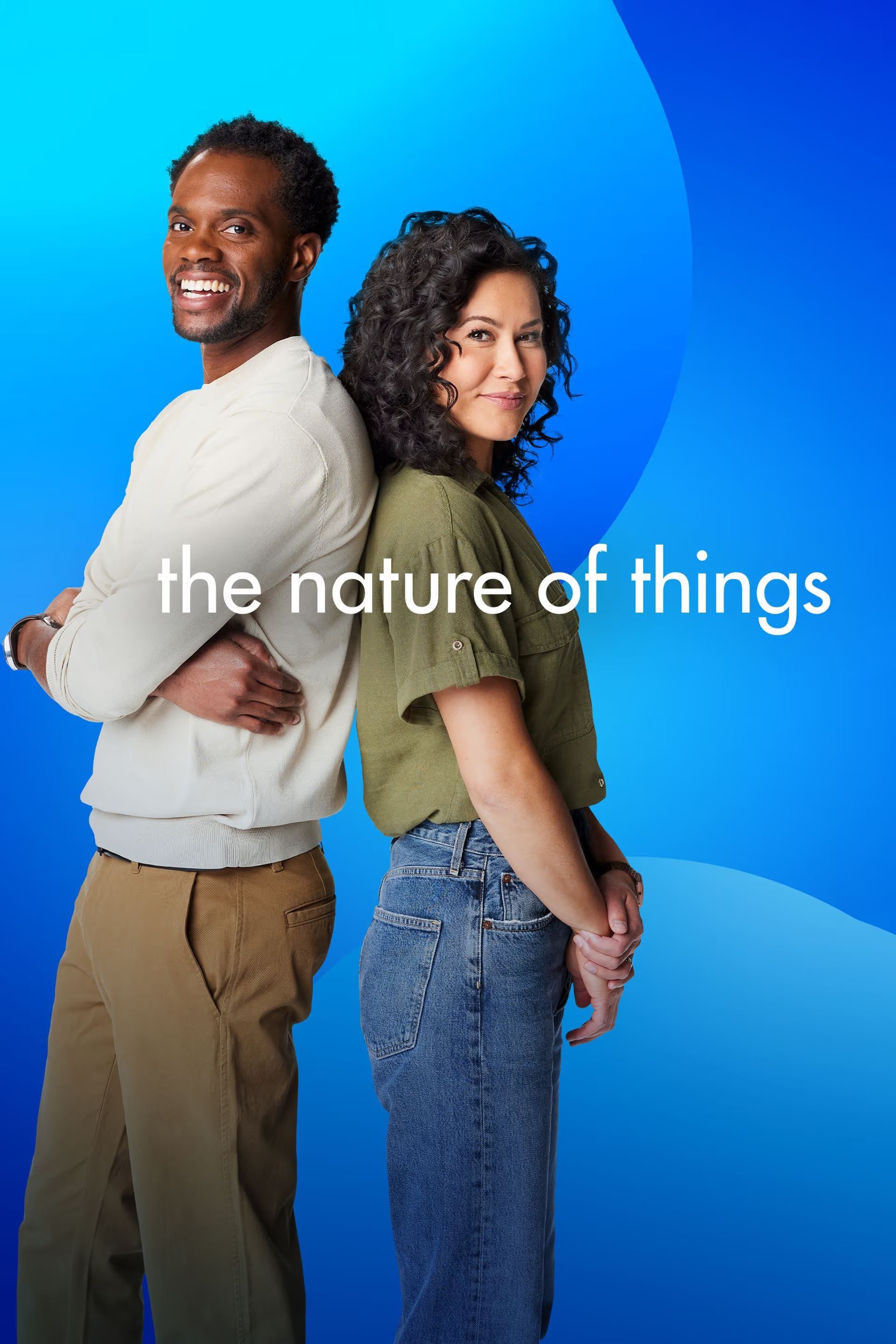Who Killed Lake Erie
Watch Series
Share
Who Killed Lake Erie
1969
1 Seasons
1 Episodes
0.0(0 votes)
Ended
Documentary
Overview
Who Killed Lake Erie is a two and a half hour television documentary that aired on NBC in September 1969.
Links & Resources
Social & External
Production Companies

Similar TV Shows
Recommended Tv Shows

No Recommendations Yet
We're working on finding the perfect shows for you. Check back soon!
More shows coming soon
